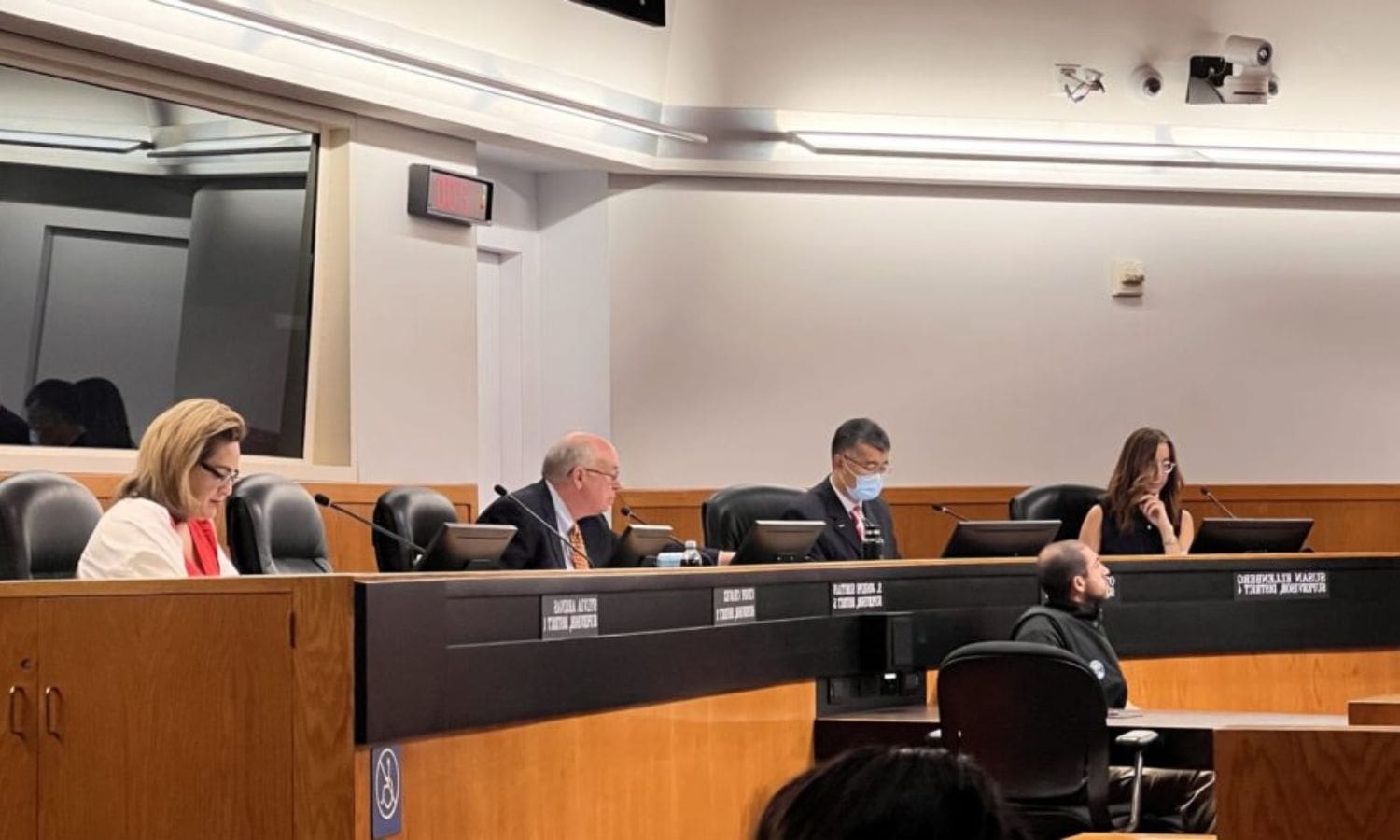Santa Clara County Leader: In a time when community safety is of paramount importance, Santa Clara County leader Susan Ellenberg has recently unveiled a comprehensive plan aimed at addressing the diverse challenges faced by the region.
This visionary plan not only takes into account the pressing need for innovative approaches and initiatives to ensure security, but also recognizes the intrinsic link between housing, Measure A, and the overall prosperity of the community.
With child care emerging as a critical factor in economic advancement, Ellenberg’s plan offers a multi-faceted approach to address this issue. However, amidst a budget deficit exacerbated by the ongoing COVID-19 response, the question of feasibility and future goals remains.
The details of this comprehensive plan, it becomes evident that Ellenberg’s vision for community safety is not only timely but also thought-provoking and deserving of further examination.
Key Takeaways Of Santa Clara County Leader
- Susan Ellenberg’s plan for community prosperity prioritizes safety as a key component.
- The plan includes investing in programs addressing root causes of crime such as mental health and substance abuse treatment.
- Affordable housing and job training are also important elements of the plan.
- Ellenberg remains committed to finding innovative solutions and collaborating with community partners.


Also Read: Medicare New Hospices in California Despite State Licensing Ban
Susan Ellenberg’s Vision for Community Prosperity Amidst Budget Deficit
Amidst a projected $158 million budget deficit, Susan Ellenberg, President of the Santa Clara County Board of Supervisors, lays out a comprehensive vision for community prosperity.
Despite the financial challenges, Ellenberg emphasizes the importance of prioritizing safety and building a safety system that is not solely reliant on punishment. Instead, she believes in a proactive approach that focuses on prevention and early intervention.
Ellenberg’s vision includes investing in programs and services that address the root causes of crime, such as mental health and substance abuse treatment, affordable housing, and job training. By addressing these underlying issues, she aims to create a safer and more prosperous community for all residents.
Although the budget deficit presents a significant obstacle, Ellenberg remains committed to finding innovative solutions and collaborating with community partners to achieve her vision.
Prioritizing Safety: Innovative Approaches and Initiatives
Susan Ellenberg, President of the Santa Clara County Board of Supervisors, has implemented innovative approaches and initiatives to prioritize safety in the community. These include diverting individuals with first DUI offenses to the Mission Street Sobriety Center instead of jail, addressing mental health and substance use services, and establishing a new 77-bed mental health facility.
To further enhance mental health initiatives, Ellenberg has launched the CARE Act and is exploring the implementation of a non-police mobile crisis team known as TRUST. Additionally, new conservatorship rules have been implemented to better support individuals in need.
These initiatives demonstrate Ellenberg’s commitment to finding alternative solutions to traditional approaches, ensuring the safety and well-being of Santa Clara County residents.


Housing and Measure A: Progress and Challenges
After addressing innovative approaches and initiatives to prioritize safety, the focus now shifts to the progress and challenges surrounding housing and Measure A in Santa Clara County.
Measure A, a $950 million affordable housing bond, has been fully allocated, resulting in the construction of over 5,000 apartments. This is a significant step towards addressing the housing crisis in the county.
However, there are challenges that need to be acknowledged. Rising costs pose a significant hurdle, making it difficult to stretch the allocated funds as originally intended. Additionally, state and federal cutbacks have created additional strain on the resources available for affordable housing initiatives. Moreover, the slow reimbursement for COVID-19 investments further complicates the progress of housing projects.
These challenges require careful consideration and strategic planning to ensure the successful implementation of Measure A and the provision of affordable housing solutions in Santa Clara County.
Child Care as a Key Factor in Economic Prosperity
Child care plays a pivotal role in fostering economic prosperity, as highlighted by Santa Clara County’s leader in their comprehensive plan for community safety. In recognizing the importance of child care, the plan acknowledges the following key factors:
- Shift from parental responsibility to a public good: The plan emphasizes the need to view child care as a collective responsibility, recognizing its impact on the overall economic well-being of the community.
- Rising costs: The plan acknowledges the challenge of increasing child care costs, which can be a barrier for families seeking affordable and quality care.
- State and federal cutbacks: The plan recognizes the impact of funding cuts on child care programs, highlighting the need for sustainable financial support.
- Slow reimbursement for COVID-19 investments: The plan acknowledges the need for timely reimbursement for child care providers who have made investments to adapt to the challenges posed by the pandemic.
- Importance of early childhood education: The plan emphasizes the role of high-quality early childhood education in preparing children for future success, contributing to a thriving economy.
Budget Deficit Linked to COVID-19 Response and Future Goals
The budget deficit incurred by Santa Clara County is intrinsically linked to its comprehensive response to the COVID-19 pandemic and sets the stage for future goals.
The county’s COVID-19 response focused on public health investments that achieved low transmission rates and high vaccination rates.
However, Supervisor Ellenberg expects a slow reimbursement process from the federal government, which contributes to the budget deficit.
Despite this, Supervisor Sylvia Arenas emphasized the non-negotiability of funding child care services, highlighting its importance in economic prosperity.
Looking ahead, Ellenberg’s vision for the future includes expanding homelessness and mental health services by 2025, with a specific goal of achieving ‘functional zero’ for homelessness.
The county’s address also stressed the need to continue progress and intensify efforts on homelessness prevention.
These goals will require careful budget planning and resource allocation to address the deficit while working towards the county’s future objectives.


Conclusion Of Santa Clara County Leader
Santa Clara County leader Susan Ellenberg has unveiled a comprehensive plan for community safety amidst a budget deficit. Her vision focuses on innovative approaches and initiatives to prioritize safety, address housing challenges, and promote economic prosperity through child care.
The budget deficit is attributed to the COVID-19 response, but Ellenberg remains committed to her future goals. This comprehensive plan aims to ensure the well-being and prosperity of the community, despite the challenges faced.

